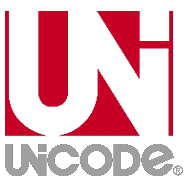The reason why I like Unicode a lot is because it allows me to code in text based environments and still have nice output. Today, we’re going to play with Regional Indicator Symbol, which is implemented as a Unicode combinaison of letters from 🇦 to 🇿. For instance, if you display 🇫 then 🇷 concatenated together, you get 🇫🇷. Let’s try that from our PostgreSQL prompt!




